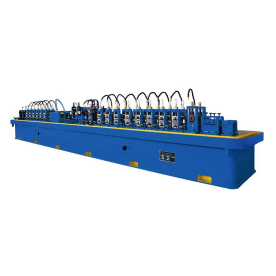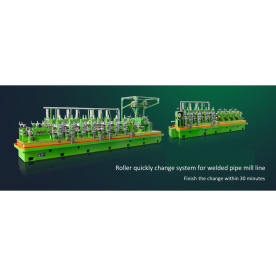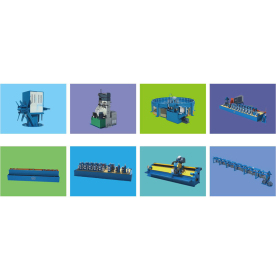[HSS blade]The Versatility and Precision of HSS Blades: Mastering the Art of Cutting in Various Industries
News 2024-12-6
HSS (High-Speed Steel) blades are renowned for their exceptional durability and cutting performance. Used across various industries, these blades have revolutionized cutting processes, making them a staple in workshops, manufacturing facilities, and toolrooms. This article will explore the attributes that make HSS blades indispensable, focusing on their composition, performance, and applications.

The Versatility and Precision of HSS Blades: Mastering the Art of Cutting in Various Industries
High-Speed Steel is a tool steel that retains its hardness and durability even at elevated temperatures associated with high-speed machining. When compared to conventional tool steels, HSS blades can withstand higher temperature ranges, making them ideal for cutting applications that require rapid machining and extended tool life. This unique composition allows for a significant increase in productivity and precision in cutting tasks.
Key Features of HSS Blades
1. **Heat Resistance**: One of the standout characteristics of HSS blades is their ability to maintain hardness even at high temperatures. Traditional steel blades tend to lose their hardness at elevated temperatures, leading to dulling and wear. HSS blades, however, are engineered to withstand heat generated during cutting, making them a prime choice for high-speed applications.
2. **Edge Retention**: The cutting edges of HSS blades are designed to remain sharp longer than standard blades. This is crucial in industries that require precision cuts, as the performance of the blade directly impacts the quality of the finished product. The sharpness of HSS blades results in cleaner cutting surfaces and reduces the need for rework.
3. **Versatility**: HSS blades can be used to cut through a variety of materials, including metal, wood, and plastic. This versatility makes them an essential tool for machinists, woodworkers, metalworkers, and hobbyists alike. With the right HSS blade, one can tackle numerous applications with ease and confidence.
4. **Cost-Effectiveness**: Due to their extended tool life and ability to handle diverse cutting tasks, HSS blades are often more cost-effective in the long run. Although the upfront cost may be higher than standard blades, their durability and longevity ensure lower replacement frequency, which translates to savings over time.
Applications of HSS Blades
HSS blades are utilized in a broad spectrum of applications, each highlighting their unique properties:
- **Machining**: In the machining industry, HSS blades are commonly used in lathes, milling machines, and drilling tools. Their high cutting speeds enable efficient material removal and precise machining operations.

The Versatility and Precision of HSS Blades: Mastering the Art of Cutting in Various Industries
- **Metalworking**: The metalworking industry relies heavily on HSS blades for cutting, shaping, and finishing metal parts. Whether it's for manufacturing processes or custom fabrications, the precision of HSS blades leads to high-quality outputs.
- **Fabrication**: In fabrication shops, HSS blade saws help in cutting steel, aluminum, and other materials into various shapes and sizes for construction and assembly.
The Future of HSS Blades
With technological advancements, the future of HSS blades looks promising. Innovations in coating technologies, such as titanium nitride (TiN) and carbide coatings, are further enhancing the performance and lifespan of these blades. These coatings not only provide additional protection against wear but also improve heat dissipation during cutting, extending the function of the blade even further.
Moreover, with the consistent push towards automation and efficiency in manufacturing processes, the demand for high-performing tools like HSS blades is expected to grow. Additionally, the trend towards sustainability may lead to the development of environmentally friendly HSS blade materials and production processes that maintain performance while reducing environmental impact.
Conclusion

